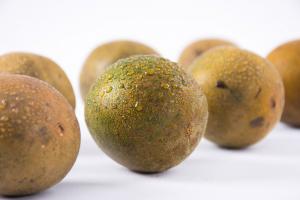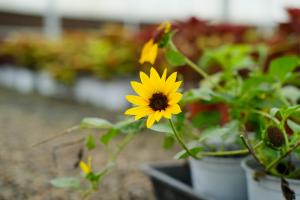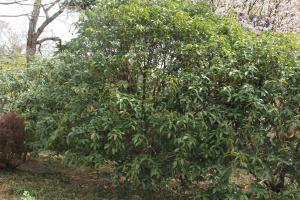Can You Remove Flowers from Potted Plants?
Potted plants are a great way to bring greenery and life into a home or office. They not only improve the aesthetics of a space but also have numerous benefits such as improving air quality and reducing stress levels. However, some potted plants produce flowers that may not be desirable in certain situations. In this article, we will explore whether or not it is possible and recommended to remove flowers from potted plants.
Why Remove Flowers?
There are several reasons why one might want to remove flowers from potted plants. Here are some of the most common reasons:
Prevent Seed Production: Some plants, such as basil and mint, redirect energy towards seed production when they flower. If you're growing these plants for their leaves, it is important to remove the flowers to encourage leaf growth.
To Encourage Bushier Plants: Removing the flowers from some plants, such as petunias, can encourage the plant to produce more branches and leaves, creating a denser and bushier growth.
To Promote Longevity: Some plants, such as African violets, have a limited bloom time. Removing spent flowers promotes plant health and encourages the development of new blooms.
For Aesthetics: Maybe you just don't like the look of the flowers. Removing flowers can give the plant a neater and cleaner appearance.
How to Remove Flowers?
Now that we have gone over why you might want to remove flowers, let's discuss how to do it. Here are some tips to consider:
Pinch or cut: You can remove the flowers by pinching or cutting the stem just below the flower. Be sure to use sharp, clean tools when doing so to prevent damage to the plant.
Timing: If you're removing flowers to prevent seed production or to encourage bushier plants, be sure to do it before the plant sets seed or before the stem becomes too woody.
Deadheading: Deadheading is the practice of removing spent blooms from a plant. This helps promote plant health and encourages new blooms. Use sharp scissors or pruning shears to remove the spent blooms. Be sure to cut the stem just above a healthy leaf or node.
When Not to Remove Flowers?
While removing flowers can have benefits for some plants, it is not always recommended. Here are some situations where you should avoid removing flowers:
Toxic plants: Some plants, such as daffodils, are toxic and should not be handled or eaten. Removing flowers from toxic plants can increase the risk of accidental ingestion by children or pets.
Nectar-producing plants: Removing flowers from nectar-producing plants, such as lavender, can harm pollinators such as bees and butterflies, which rely on the flowers for food.
Plants with cultural significance: Some plants, such as lotus flowers and cherry blossoms, have cultural significance and should not be removed without a valid reason.
In Conclusion
Removing flowers from potted plants can be a useful practice in certain situations. It can help promote plant health, encourage bushier growth, and improve aesthetics. However, it is important to consider the reasons why you want to remove the flowers and to do so carefully and thoughtfully. Remember to avoid removing flowers from toxic plants and those with cultural significance, and to be mindful of pollinators when removing flowers from nectar-producing plants.

 how many times do yo...
how many times do yo... how many planted tre...
how many planted tre... how many pine trees ...
how many pine trees ... how many pecan trees...
how many pecan trees... how many plants comp...
how many plants comp... how many plants can ...
how many plants can ... how many plants and ...
how many plants and ... how many pepper plan...
how many pepper plan...






























